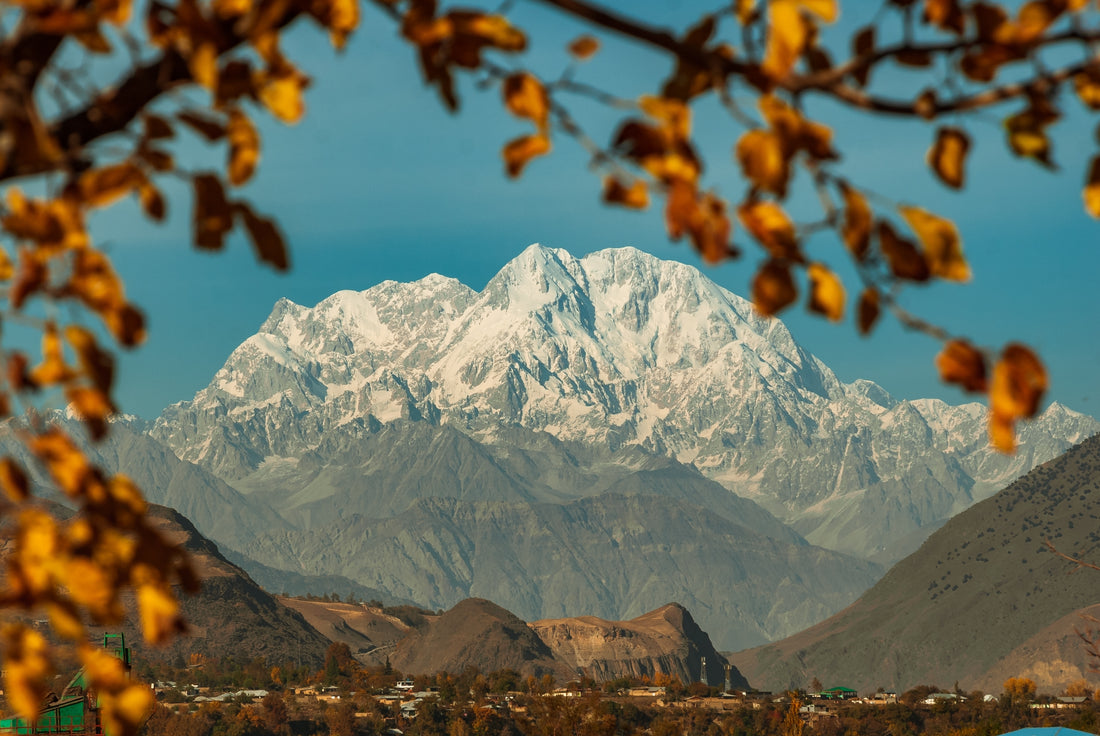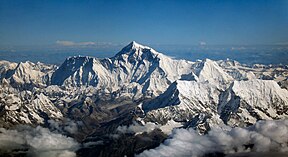
Sacred Peaks Around the World: A Journey to the Divine
Share
Mountains have long been revered across cultures as symbols of spiritual significance and divine connection. Their towering heights and serene presence make them natural focal points for spiritual practices and beliefs. From the snow-capped peaks of the Himalayas to the volcanic heights of the Americas, sacred mountains offer not only breathtaking beauty but also profound spiritual experiences. This post explores some of the most revered sacred mountains worldwide and delves into their unique significance.
1. Mount Kailash: The Axis of the Universe
Mount Kailash, located in the Transhimalaya range of Tibet, stands at 21,778 feet and is considered one of the holiest mountains in the world. It holds sacred status in Hinduism, Buddhism, Jainism, and Bon, making it a multi-religious pilgrimage site. For Hindus, Mount Kailash is the abode of Lord Shiva, who is said to meditate at its summit. The mountain’s summit is believed to be the center of the universe, and its mystical presence is a focal point for devout worshippers.
Buddhists believe that the deity Demchok resides here, embodying bliss and eternal joy. Jainism holds Mount Kailash as the site where their first Tirthankara, Rishabhanatha, attained liberation. The Bon religion of Tibet also regards the mountain as sacred, with its deity, Shenrab Miwo, residing here. Pilgrims from these religions undertake a rigorous journey around the mountain’s base, which spans over 32 miles, believing that even a single circumambulation can cleanse a lifetime of sins. The stark beauty and spiritual significance of Mount Kailash make it a profound destination for those seeking spiritual solace.
The pilgrimage around Mount Kailash, known as the kora, is an arduous journey through high-altitude terrain, often covered in snow. Despite the physical challenges, the spiritual rewards are considered immense. Many pilgrims believe that making the trek brings them closer to enlightenment and spiritual fulfillment. The awe-inspiring views of the mountain, coupled with its spiritual significance, create a powerful and transformative experience.
2. Mount Everest: The Pinnacle of Spiritual Energy

Mount Everest, standing at 29,029 feet, is the world’s highest peak and holds significant spiritual importance for the Sherpa people of Nepal and Tibet. Known as Sagarmatha in Nepali and Chomolungma in Tibetan, Everest is not only a climbing challenge but also a revered site. The mountain’s imposing presence and the daunting challenge of reaching its summit reflect the immense spiritual journey that climbers undertake.
At the base of Mount Everest lies the Rongbuk Monastery, an essential pilgrimage site where the Sherpas seek blessings and spiritual energy from the mountain. The Rongbuk Monastery is the highest monastery in the world and offers breathtaking views of Everest. The Sherpas believe that the mountain is imbued with spiritual energy and that its peak is the dwelling place of gods. Everest symbolizes the ultimate connection between earth and the divine, drawing those who wish to experience its transcendent presence.
Climbing Mount Everest is considered both a physical and spiritual challenge. The journey to the summit is grueling and requires immense preparation, endurance, and mental strength. Many climbers are motivated by the desire to experience the spiritual energy of the mountain and to connect with something greater than themselves. The sense of accomplishment and awe that accompanies reaching the summit reflects the profound spiritual impact of the journey.
3. Mount Shasta: The Sacred Volcano
Mount Shasta, an imposing 14,180-foot volcano in California, is considered sacred by the Winnemem Wintu people, who believe it to be the source of all life. The mountain is also a focal point for spiritual seekers and has been associated with various mystical and esoteric traditions. The headwaters of the Upper Sacramento River are believed to originate here, adding to the mountain’s sacred status.
The Winnemem Wintu people view Mount Shasta as a place of profound spiritual significance and connection. The mountain’s snow-capped peak and surrounding forests create a serene and majestic environment that inspires awe and reverence. Visitors are encouraged to respect the land by keeping groups small, avoiding leaving items behind, and adhering to the local tribe’s guidelines.
Mount Shasta’s spiritual significance is also reflected in its association with various mystical traditions. Some believe that the mountain is home to an ancient advanced civilization known as the Lemurians, who are said to live within the mountain. The mountain’s mysterious aura and its role as a source of spiritual energy make it a unique destination for those seeking a deeper connection with nature and the divine.
4. Mount Fuji: Japan’s Sacred Peak

Mount Fuji, Japan’s iconic 12,389-foot peak, is a revered site in both Shinto and Buddhist traditions. The mountain’s near-perfect symmetrical cone shape and its snow-capped peak make it a stunning symbol of natural beauty and spirituality. Mount Fuji is considered a sacred site in Shintoism, where it is associated with the goddess Konohanasakuya-hime, who is believed to protect the mountain and its surroundings.
In Buddhism, Mount Fuji is seen as a representation of spiritual enlightenment and ascension. The mountain’s significance is reflected in its frequent depiction in art, literature, and religious practices. Pilgrims and hikers ascend Mount Fuji to experience its divine atmosphere and to seek spiritual enlightenment. The Fuji Five Lakes, which surround the base of the mountain, offer stunning views and a serene environment for contemplation.
Climbing Mount Fuji is a popular activity, and many pilgrims and hikers embark on the journey to the summit during the climbing season, which runs from early July to early September. The ascent is often made in stages, with climbers stopping at mountain huts along the way. Reaching the summit at sunrise is a particularly spiritual experience, as it offers a breathtaking view of the surrounding landscape and a sense of connection with the divine.
5. Áhkká: The Sacred Massif of Sweden

In Sweden’s Stora Sjöfallet National Park, Áhkká stands as a sacred massif revered by the Sami people. The 13-peaked formation, known as “the old woman” or “goddess” in Lule Sami, represents a spiritual mother figure who provides protection and guidance. The Sami people, who are indigenous to the Arctic region, hold Áhkká in high esteem and consider it a central figure in their spiritual traditions.
The Sami hold ceremonies and prayers at the mountain’s base, connecting deeply with its spiritual essence. Áhkká’s significance extends beyond its natural beauty, embodying the sacred traditions of the Sami people. The mountain’s rugged terrain and remote location add to its mystical allure, making it a powerful symbol of the spiritual relationship between the Sami and their natural environment.
Visiting Áhkká offers an opportunity to experience the spiritual traditions of the Sami people and to connect with the sacred landscape. Respecting local customs and practices is essential, as the mountain holds deep cultural and spiritual significance for the indigenous communities.
Experiencing Sacred Peaks
Visiting these sacred mountains offers more than just a travel experience; it’s an opportunity to connect with the divine and explore the profound spirituality that these peaks represent. Each mountain has its unique significance and provides a pathway to spiritual growth and enlightenment. Whether you seek physical adventure, spiritual solace, or a deeper understanding of cultural traditions, these sacred peaks offer a journey into the heart of nature’s sanctity.
As you plan your travels, consider including these sacred peaks in your itinerary. Respecting local traditions and practicing environmental stewardship will enrich your experience and honor the spiritual significance of these majestic mountains. The journey to these sacred peaks is not only a physical challenge but also a transformative spiritual experience that can provide a deeper connection with the divine and a greater appreciation for the natural world.





